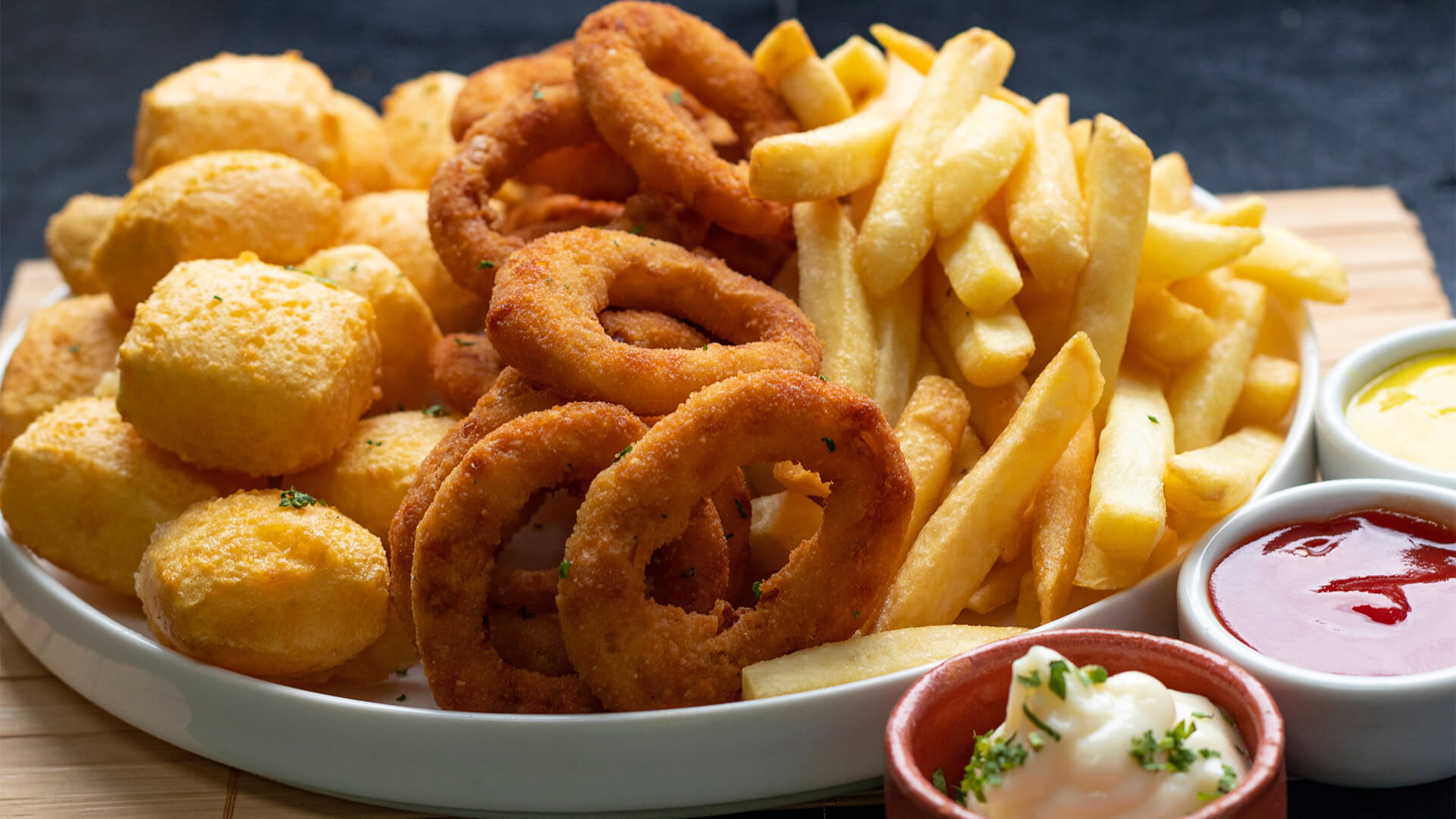Western countries are experiencing an increase in food-related issues. In the US, the Consumer Brand Association has estimated that food fraud could cost the industry upwards of $15 billion. This is the act of selling food items at a premium price even if they’re diluted or of poor quality.
Electrix, the leading manufacturers of stainless steel enclosures, take a look at how food standards are different between the US and EU due to the US being more stringent than the EU, despite what might be believed.
The Countries with the Highest Food Standards
Before we investigate how the standards differ, we should first examine which countries place an emphasis on food safety. The Global Food Security Index (GFSI) conducted a study on 113 countries, ranking them on their food standards.
The GFSI scored countries on the safety of their food, as well as its affordability, availability, and quality. Seven of the top 10 countries are in Europe and two are in North America, with the outlier being Japan. The US is tied for ninth with France, while the likes of the Netherlands, Canada, and Switzerland placed higher. The top three countries for highest food security scores stands at the United Kingdom in third, Austria in second, and Ireland in first. This highlights that the US and EU have some of the highest standards in the world.
How do Food Regulations Differ Between Continents?
The way that governing bodies operate in the US compared to the EU is the main differentiating factor.
Here in the US, we have a centralized federal system for food inspection and examination that is split into multiple governing bodies. This is the federal body of the Food and Drug Administration (FDA), which is accountable for the majority of food products in the country, and the Food Safety Inspection Services (FSIS) of the United States Department of Agriculture (USDA), which cover poultry, meat, and eggs.
Meanwhile, for the 27 European countries in the EU, the food standards laws are all streamlined into one governing body: European Food Safety Authority (EFSA). This shows a key difference in the management of food standards. The United States has federal administration, while Europe has one non-federal organization.
Allergens, Preservatives, and Additives
Another key difference between the US and Europe is how prohibited ingredients are decided upon. This also extends to how product information is displayed to the consumer on the packaging.
The FDA tends to take a more reactive approach to food standards inspections, as it allows food additives unless they’re proven to be directly harmful. In Europe, the additives must be proven as unharmful before they can be used in food production. This means we see growth hormones and chemical preservatives in food production here in the US, whereas EFSA is strictly against the use of hormones and strongly advises against manufacturers using preservatives.
Similarly, US poultry suppliers wash chicken with chlorine to kill any harmful bacteria on the surface of the skin. In Europe, however, this comes down to individual countries’ discretion on whether or not to wash chicken in chemicals.
There is a persistent myth that people need to rinse chicken in water before cooking, but the Centers for Disease Control and Prevention (CDC) actually advises that you cook your chicken thoroughly to kill any leftover bacteria instead. Washing the chicken could actually contribute to more contamination.
In a number of ways, the testing and analysis of food before it’s distributed is more thorough in the States while the EU’s standards are far stricter. Taking a more reactive stance with a federalized approach to food safety means food can be outputted quicker than when every product’s ingredients and additives must be tested beforehand. However, there isn’t really a definitive “best approach” to food analysis and both work within the context of food safety. We’ll also see an even greater approach to food safety in the future, with the FDA placing a focus on improving technology to further reduce the number of illnesses in the country.















